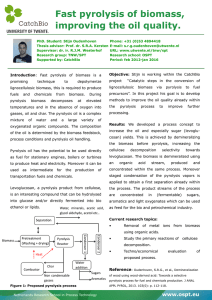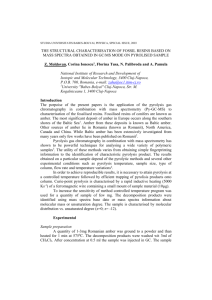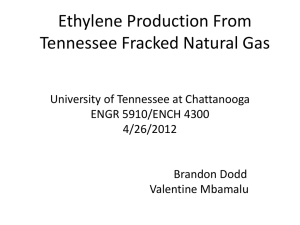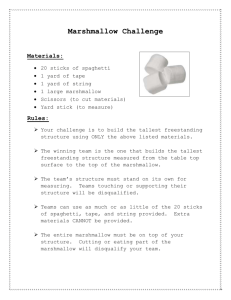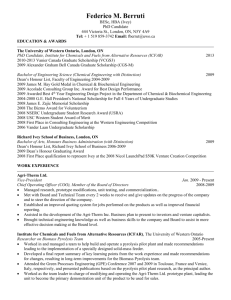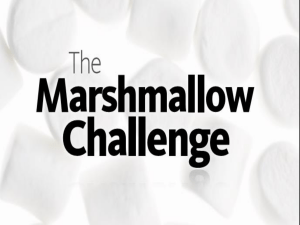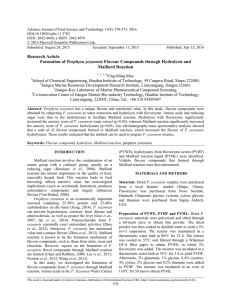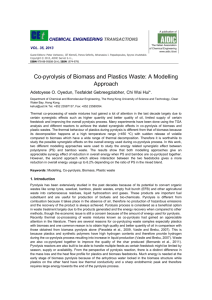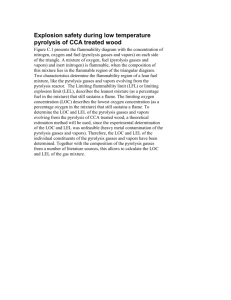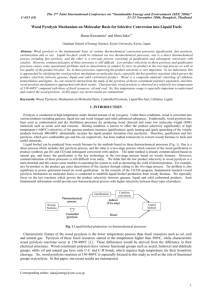What is the Maillard reaction?
advertisement
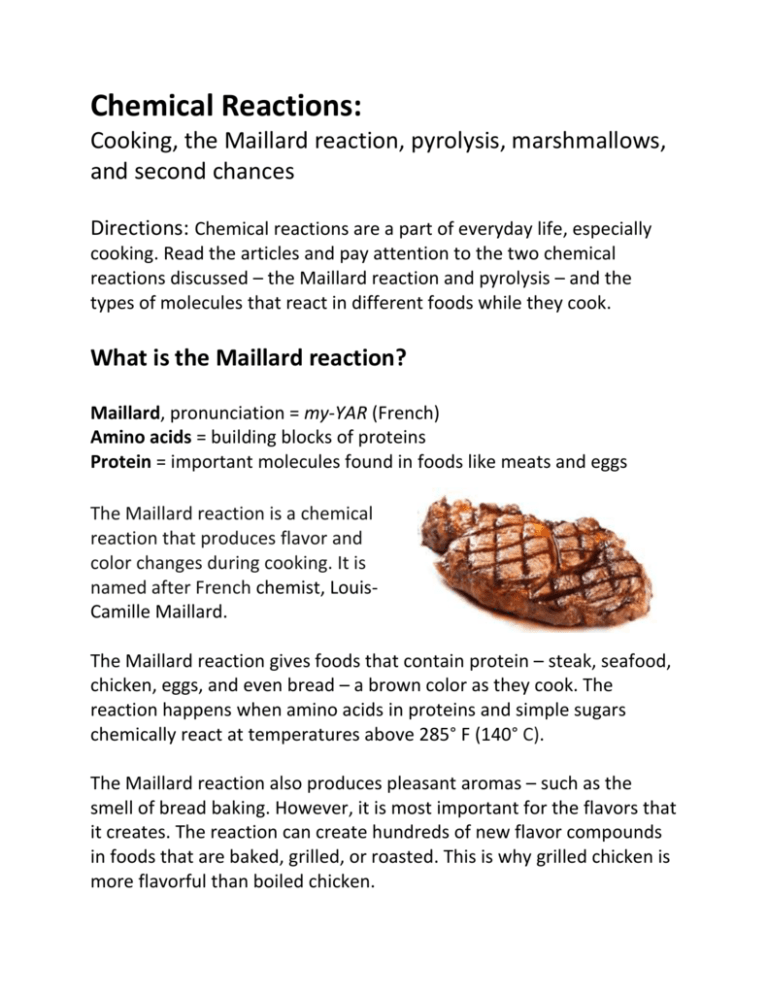
Chemical Reactions: Cooking, the Maillard reaction, pyrolysis, marshmallows, and second chances Directions: Chemical reactions are a part of everyday life, especially cooking. Read the articles and pay attention to the two chemical reactions discussed – the Maillard reaction and pyrolysis – and the types of molecules that react in different foods while they cook. What is the Maillard reaction? Maillard, pronunciation = my-YAR (French) Amino acids = building blocks of proteins Protein = important molecules found in foods like meats and eggs The Maillard reaction is a chemical reaction that produces flavor and color changes during cooking. It is named after French chemist, LouisCamille Maillard. The Maillard reaction gives foods that contain protein – steak, seafood, chicken, eggs, and even bread – a brown color as they cook. The reaction happens when amino acids in proteins and simple sugars chemically react at temperatures above 285° F (140° C). The Maillard reaction also produces pleasant aromas – such as the smell of bread baking. However, it is most important for the flavors that it creates. The reaction can create hundreds of new flavor compounds in foods that are baked, grilled, or roasted. This is why grilled chicken is more flavorful than boiled chicken. What is Pyrolysis? From ancient Greek: Pyro = fire Lysis = separating Pyrolysis, pronunciation = pie-rahl-isis Controlled Pyrolysis: Sugars begin caramelizing (browning) at approximately 340 degrees F (170° C). One example that comes to mind is a perfectly golden-brown marshmallow. Caramelization produces caramel, a product used to color soft drinks and other food products. This is an example of controlled pyrolysis. Uncontrolled Pyrolysis: When cooking temperatures get too hot, uncontrolled pyrolysis causes food to become charred or blackened. Charred compounds make food bitter. This is why burned popcorn (or marshmallows) is unpopular! The black-brown crust found on barbecue grills, ovens, and stoves is a product of uncontrolled pyrolysis. Review questions (photosynthesis & cellular respiration): 1. What is a chemical reaction? 2. How are photosynthesis and cellular respiration examples of chemical reactions? Reading questions (Maillards and pyrolysis): 3. During the Maillard reaction what two types of molecules chemically react to create a browning effect and produce flavors? 4. During pyrolysis, what type of molecule causes caramelization? 5. Is toasting a modern marshmallow (ingredients listed below) an example of the Maillard reaction or pyrolysis? Why? 6. Traditional marshmallow recipes include eggs. Would toasting a traditional marshmallow be an example of the Maillard reaction, pyrolysis, or both? Why? 7. Can you reverse Maillards reaction or pyrolysis? Why or why not? 8. If you burn a marshmallow, how does it give you a second chance to fix your mistake? Modern marshmallow ingredients:

